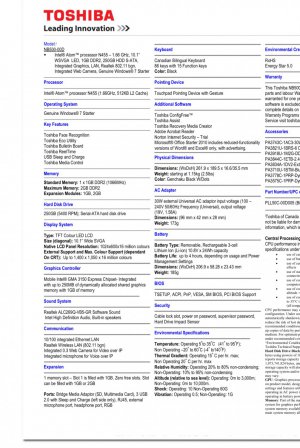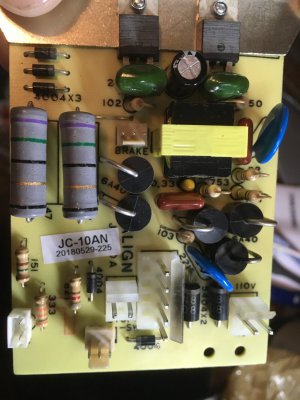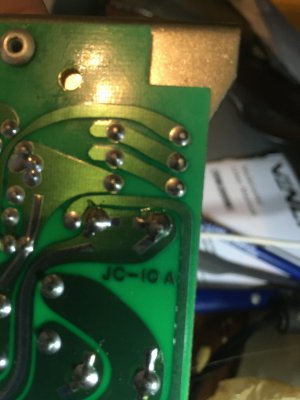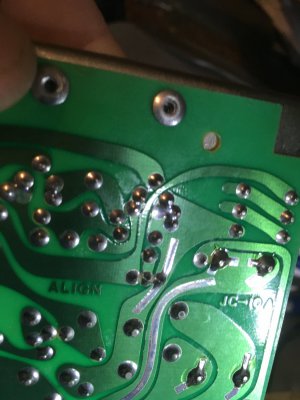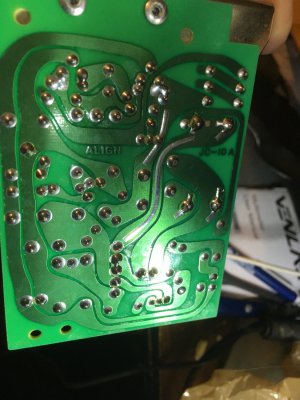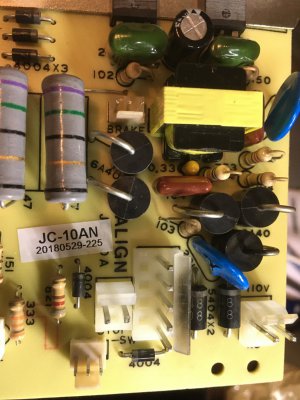- Joined
- Jul 28, 2017
- Messages
- 2,375
No, I was describing what you apparently have already tried. What kind of problem(s) did you encounter when attempting that?I have tried to boot with the Linux USB but not having any luck. Are you saying I should remove the hard drive that has windows 7 on it and booting from Linux with out the hard drive installed in the machine? That is the only thing I have not tried yet. The machine is a Toshiba NB500
One thing I ran into with an older laptop was some issue with the distro needing some functionality that the old CPU didn't have. I found a distro called "puppy linux" that is compatible with older CPUs, and that worked OK on the old Dell.
IIRC the versions that worked the best on the Dell were "wary" and "precise". They are 32-bit versions. I tried the most recent 32 bit version of Ubuntu and, while it worked, was just too slow.


